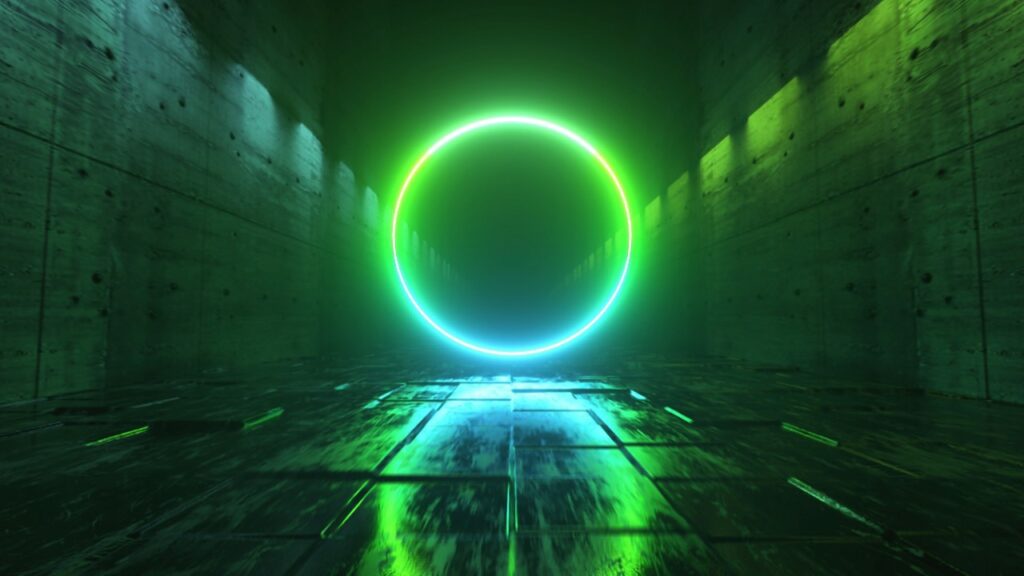MONEY FROM MUCK!

Plastic from food scraps - increased profits for Princess Cruises
- Dateline
- 14 November 2007
Who would have thought that a cruise liner could function as a ‘green’ factory? The luxury cruise ships that sail the world’s oceans carry a lot of waste. This used to be incinerated or jettisoned back in port. Now, using the latest waste management technology to convert all food waste into a biodegradable plastic, Princess Cruises has reduced its shore-side disposal costs, sidestepped stringent environmental regu-lations and reported record profits. Princess Cruises is one of the world’s biggest cruise lines and was the first in its sector to adopt the most advanced systems from QinetiQ, the world leading technology-based solu-tions provider.
ANALYSIS >> SYNTHESIS: How this scenario came to be
Background
Building on research by ICI and the Hawaii Natural Energy Institute, the process of producing biodegradable polymer from waste food has been proved as a more cost-effective solution than landfill and incineration. In 2003, each passenger onboard a Princess cruise ship generates at least 1.5kg of waste per day – a figure that was set to rapidly increase. From the 8 tons of solid waste generated by a modern cruise liner per week, nearly 25% can now be reclaimed as bioplastic polymer.
The technology has particular application in the marine industry, where all waste must be disposed of in accordance with international law. Biodegradable polymers have further use for naval vessels – both warships and submarines can remain deployed for longer, purely due to lower requirements for shore-based waste disposal.
Timeline
2002: Biodegradable polymer produced>
Jian Yu and his colleagues at the Hawaii Natural Energy Institute produce biodegradable polymer (PHB) from food scraps. Their initial yield is 22-25% PHB, derived from a slurry mix. They estimate that PHB makes up approximately 70% of the bacterial mass used in the production process.
The British Royal Navy revolutionises onboard waste management techniques by installing an Integrated Water Management System (IWMS) into the latest Type 45 destroyer. The installation, designed by QinetiQ, uses a membrane bioreactor to treat grey water and sewage, as well as maceration and incineration for clinical and galley waste. The design brief for the system requires it to manage 30m3 of liquid and 2m3 of solid waste per day. The IWMS can cope with ten types of shipboard waste, notably food waste, general garbage, grey water and black water. The integrated approach allows greater operational costs and reduced offloading costs.
2003: Princess Cruises part of Carnival Corporation
Princess Cruises, a premiere cruise line, becomes part of the Carnival Corporation (NYSE:CCL), one of the world’s largest vacation companies. The Princess fleet carries more than 800,000 passengers each year to more worldwide destinations – than any other major line.
2005: PHB bioreactors successfully trialled
PHB bioreactors are successfully trialled onboard the International Space Station. The system is required to make optimum use of the minimal available space onboard, yet function efficiently. Useable bioplastic yields of 45% from food waste are recorded. By altering the component parts of the reactor, the composition of the resulting bioplastic can be varied according to demand. Only non-biodegradable waste is now jettisoned or stored.
2006: Bioreactor major contribution to marine waste disposal
Using QinetiQ technology, Princess Cruises pioneers the commercial production of PHB as a waste management strategy onboard its vessels. No longer does all waste have to be incinerated or disposed of at costly shore-side facilities. All food waste and sewage fuels the onboard bioplastic reactor. The bioreactor makes a major contribution to marine waste disposal, leaving the incinerators to destroy clinical and non-biodegradable waste.
2007: Nanotechnology proposed as future of waste disposal
Princess Cruises reports record profits, partly due to reduced costs on waste management.
Nanotechnology is proposed as the future of waste disposal for numerous transport modes. Nanotechnology now assists Oily Water Separators in managing black water and operational hydrocarbon discharges from ships.
Pollution detection and monitoring are now completed by nanotechnology. Valuable resources such as polysaccharides, glycols and methanol are all routinely reclaimed from waste and hydrocarbon-based emissions.
Links to related stories
- ‘Cruising for trouble: stemming the tide of cruise ship pollution’, Blue Water Network, March 2000
- ‘Food scraps make perfect plastic’, New Scientist, November 23rd 2002
- ‘The house that cack built’, New Scientist, August 31st 2002
- International Maritime Law covering waste disposal: MARPOL ‘73/78 Convention, International Maritime Organization
- QinetiQ – a world leading technology-based solutions provider
- Princess Cruise Lines – a world premiere cruise line
Warning: Hazardous thinking at work
Despite appearances to the contrary, Futureworld cannot and does not predict the future. Our Mindbullets scenarios are fictitious and designed purely to explore possible futures, challenge and stimulate strategic thinking. Use these at your own risk. Any reference to actual people, entities or events is entirely allegorical. Copyright Futureworld International Limited. Reproduction or distribution permitted only with recognition of Copyright and the inclusion of this disclaimer.